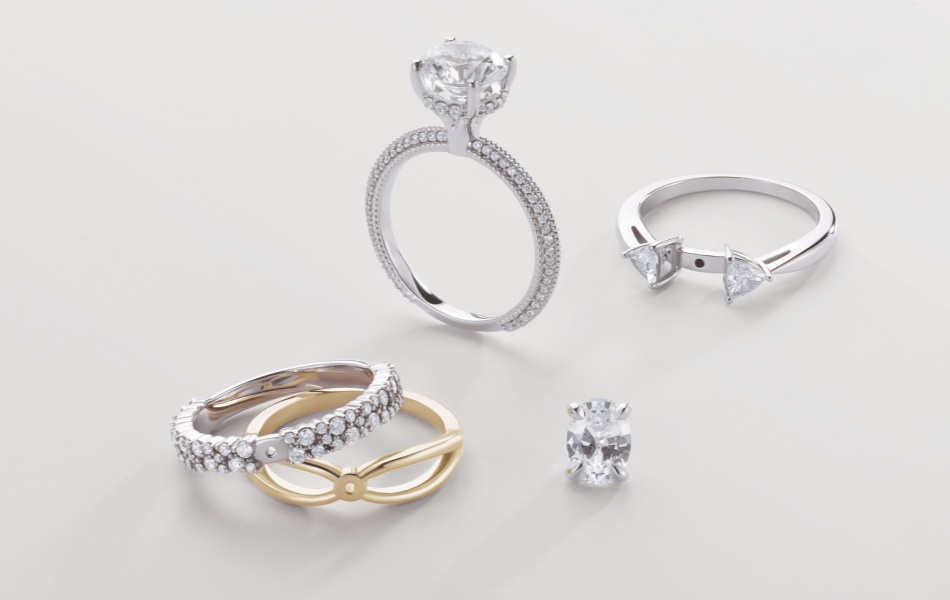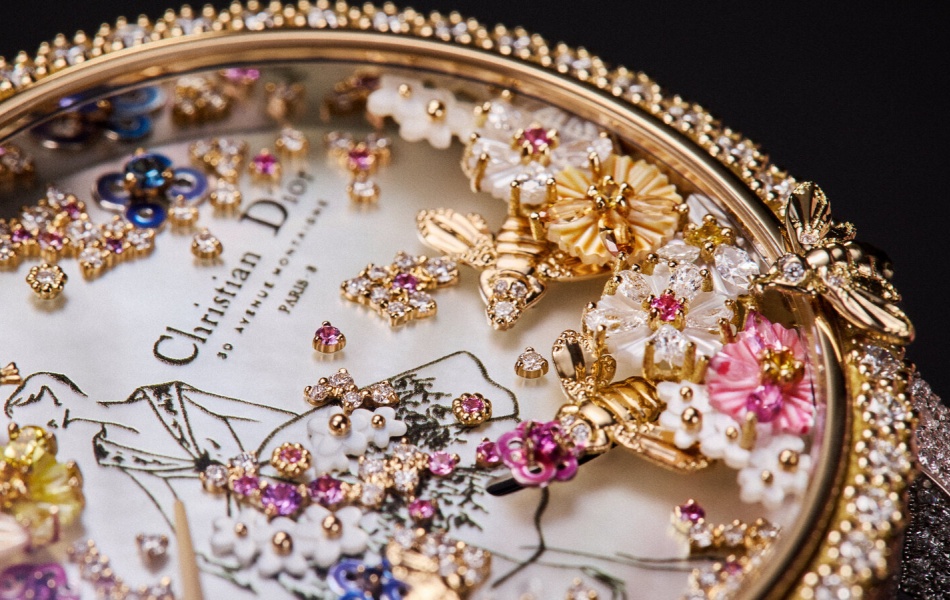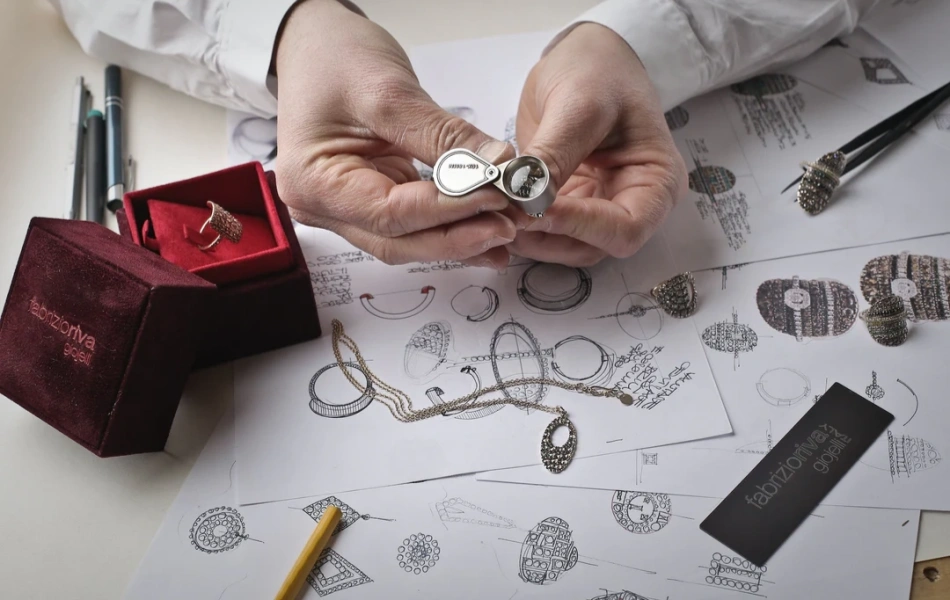- July 8, 2025 48,700 views
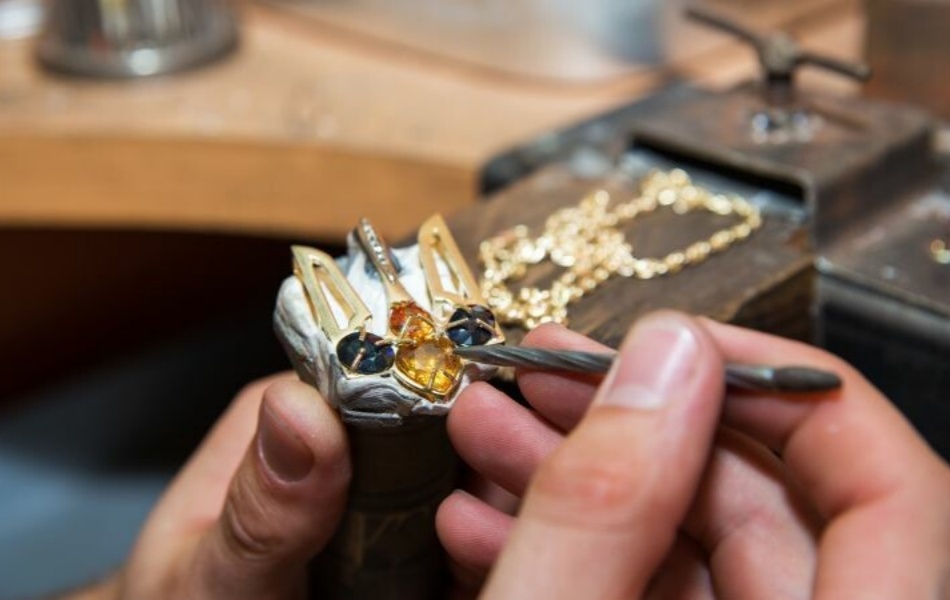
Different metals possess unique characteristics that influence their suitability for various types of jewelry. For example, gold is celebrated for its malleability and resistance to tarnish, making it ideal for intricate designs and detailed craftsmanship. Its natural luster and warmth appeal to many, allowing it to be a timeless choice. On the other hand, silver, while beautiful and popular, is prone to tarnishing and requires regular maintenance to keep its shine. When selecting jewelry, consider how the properties of these metals align with your lifestyle. If you lead an active life or prefer low-maintenance options, you might gravitate toward gold or platinum, which offer durability alongside elegance.
Alloying is another critical aspect of metallurgy that affects jewelry. Pure metals are often too soft for everyday wear, so jewelers combine them with other metals to enhance their strength and durability. For instance, white gold is created by alloying yellow gold with metals like palladium or nickel, resulting in a stunning silvery hue that is both strong and beautiful. Understanding these alloys can help you make informed decisions, especially if you have sensitivities to certain metals. For individuals with allergies, hypoallergenic materials such as titanium or surgical stainless steel are excellent alternatives that provide both comfort and style.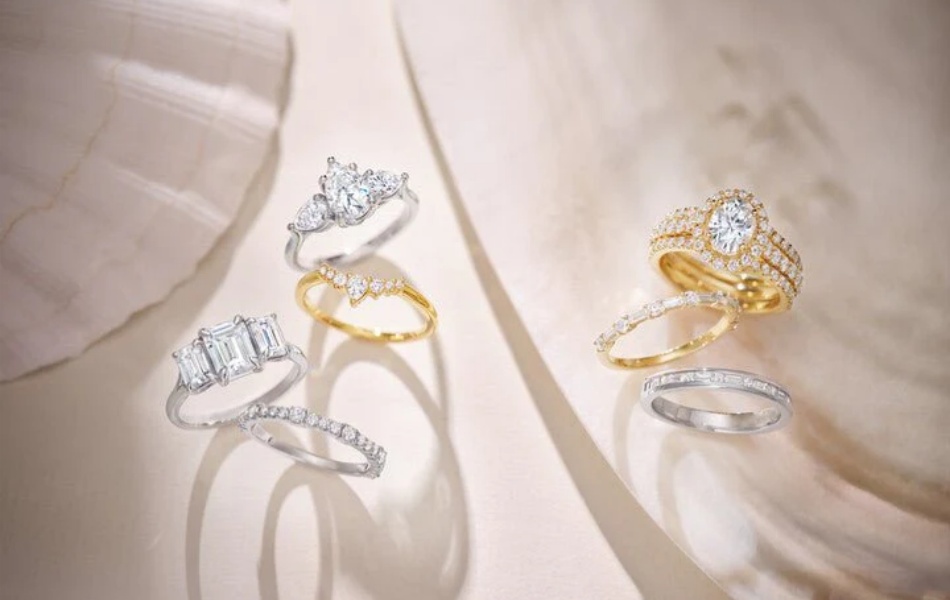
The finish of a piece also plays a significant role in its overall appearance and longevity. Various surface treatments, such as polishing, plating, and anodizing, can enhance the aesthetic appeal and protect the underlying metal. A well-polished piece can radiate brilliance, while plating offers a cost-effective way to achieve the look of more expensive metals. However, it is crucial to remember that plated jewelry may require more care to maintain its appearance over time, as the plating can wear off with regular use.
Metallurgy not only influences the functionality and durability of jewelry but also serves as a source of inspiration for innovative designs. The unique properties of different metals allow for creative expressions that can be both functional and aesthetically pleasing. For example, titanium’s exceptional strength enables jewelers to craft intricate designs that would be challenging to achieve with softer metals. Furthermore, mixing metals in a single piece can create a captivating contrast that enhances the overall visual appeal, allowing for personalized and unique jewelry designs.
In addition to aesthetics and functionality, understanding metallurgy can deepen your appreciation for the craftsmanship involved in jewelry making. Each piece tells a story of the materials and techniques used, reflecting the skill and artistry of the jeweler. When you know the metallurgical aspects, you can better recognize the quality of the materials and the expertise required to create beautiful jewelry. This knowledge enriches your experience as a jewelry enthusiast and helps you make thoughtful choices that resonate with your personal style.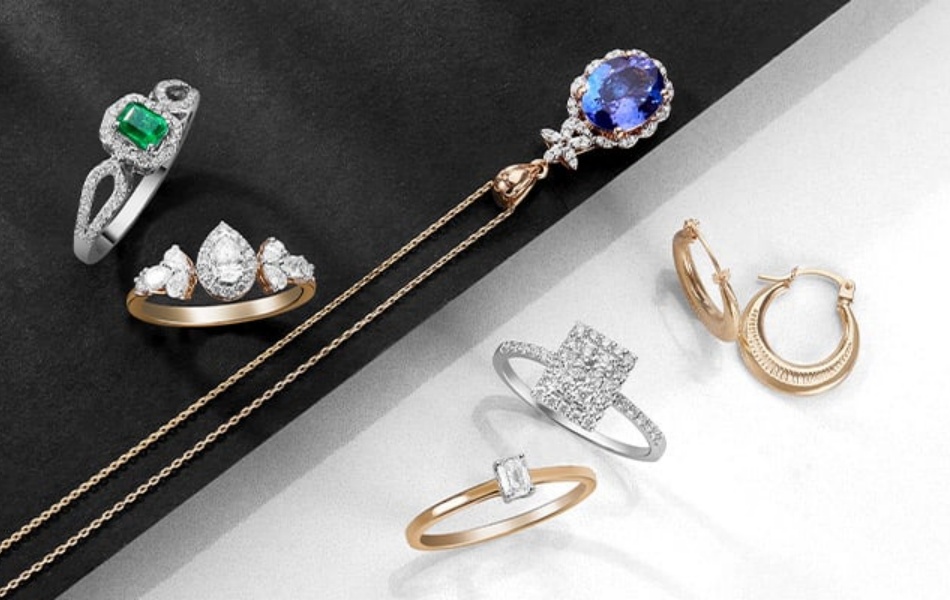
Moreover, as sustainability becomes increasingly important in today’s world, understanding metallurgy can guide you toward eco-friendly choices. Many jewelers are now using recycled metals and ethical sourcing practices to create their pieces. By being aware of the metallurgical processes involved, you can support brands that prioritize sustainability and ethical practices in their jewelry production.
Metallurgy is an essential element of the jewelry industry that influences material selection, design innovation, and sustainability. By considering the properties of different metals and their alloys, you can make informed choices that align with your personal preferences and lifestyle. This knowledge not only enhances your jewelry collection but also enriches your overall experience in the world of jewelry, allowing you to appreciate the artistry and science behind each piece.
